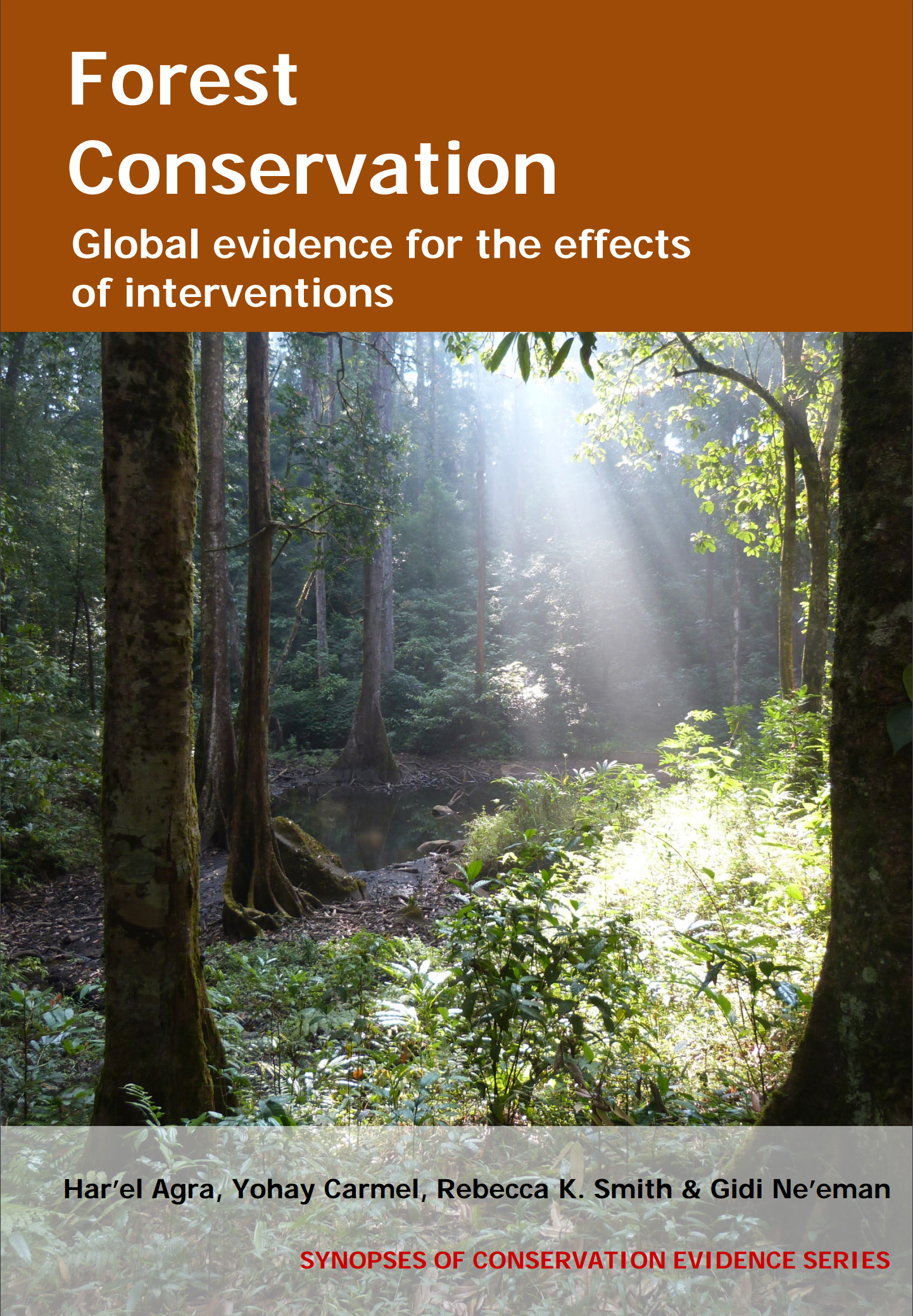Apply insecticide to protect seedlings from invertebrates
-
Overall effectiveness category Unknown effectiveness (limited evidence)
-
Number of studies: 1
View assessment score
Hide assessment score
How is the evidence assessed?
-
Effectiveness
70% -
Certainty
13% -
Harms
0%
Study locations
Supporting evidence from individual studies
A randomized, replicated, controlled study in 1989–1990 in a former arable field, in New Jersey, USA (Facelli 1994) found that using insecticides increased the number of emerging tree of heaven Ailanthus altissima seedlings and seedling survival. Plots treated with insecticide had greater seedling emergence (approx. 13 seedlings/plot) than untreated plots (approx. 9 seedlings/plot). Additionally, seedling mortality was lower in plots treated with insecticide (approx. 3 %) than in untreated plots (approx. 7%). Sixteen plots (0.8 × 1 m) were treated with Carbaril dust 5%, dosed at 5 g active ingredient/m2. The other 16 plots were not treated with insecticide. In all plots, 20 seeds had been planted to ensure sufficient regeneration.
Study and other actions tested
Where has this evidence come from?
List of journals searched by synopsis
All the journals searched for all synopses
This Action forms part of the Action Synopsis:
Forest Conservation
Forest Conservation - Published 2016
Forest synopsis





)_2023.JPG)














